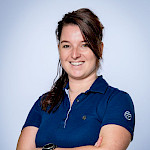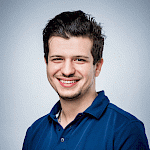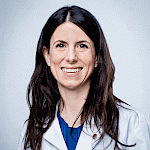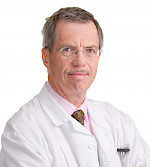Pathology
A stroke is a sudden circulatory disorder in the brain. It must be treated immediately, as the death of brain cells can cause severe consequential damage to the patient.
There are different types of strokes. However, there are two main types:
Cerebral infarction - this is usually caused by a vascular occlusion, which causes an interruption or blockage of blood flow. The vessel occlusion can be caused by vascular calcification or a blood clot.
Cerebral haemorrhage - in a cerebral haemorrhage, a blood vessel bursts and blood escapes from the bloodstream. Certain areas of the brain are no longer supplied with sufficient blood and oxygen.
Typical clinical pictures after a stroke are, for example:
- Difficulty speaking or writing
- Partial or complete paralysis of one half of the body (hemiplegia)
- Memory loss
- Behaviour changes
- A feeling of severe fatigue



















